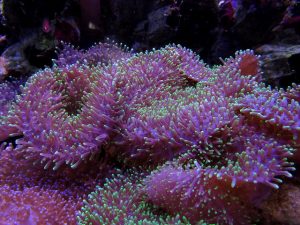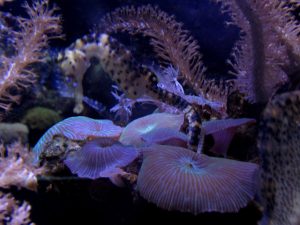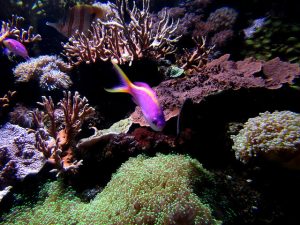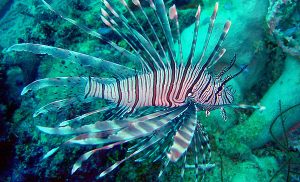Ammonia
#1 Killer: Ammonia
The presence of ammonia in aquarium water is the #1 killer of fish. The primary sources of ammonia are the decaying of organic material (primarily uneaten food) and excreted waste from the fishes’ gills.
An ammonia level as low as .5 part per million (ppm) creates stress upon fish compromising the natural immune system. It has been demonstrated with laboratory experiments involving koi (and thus, we assume, equally true with other fish species) that an ammonia level of 2 ppm causes the natural immune system of the fish to cease functioning. The fish does not have the strength to cope with both the ammonia-related stress and disease prevention. As the elevated ammonia level presents the more immediate possibility of death, all of the fishes’ energy must be devoted to combating that threat.
The presence of ammonia any time after the nitrification cycle has completed itself is the fault of the hobbyist and must be corrected. Its reoccurrence is precipitated by (but not limited to):
• Inadequate and/or poorly maintained biological filtration.
• Overfeeding.
• Overcrowding.
• Not performing periodic water changes and gravel vacuuming.
• Allowing dead inhabitants to decay. Ammonia problems can only be corrected by:
• Doing partial water changes and adding ammonia-digesting bacteria (Bio-Booster) until the level present approaches zero;
• By improving your individual hobbyist habits and maintenance skills. Temporary methods of reducing ammonia levels in order of preference include: • Suspending and/or reducing feeding.
• Dosing with Bio-Booster.
• Introducing an ammonia binder into the aquarium (freshwater or pond only)

 In October, we shared Part one of this article, which covered the science behind the creation of Instant Ocean Sea Salt, as well as insight into their manufacturing operation. We conclude with a look at how Instant Ocean works with some of the largest aquariums around.
In October, we shared Part one of this article, which covered the science behind the creation of Instant Ocean Sea Salt, as well as insight into their manufacturing operation. We conclude with a look at how Instant Ocean works with some of the largest aquariums around.
 Types of marine foods
Types of marine foods



 Power Filter
Power Filter
 Stress is a condition in which an animal is unable to maintain a normal physiologic state because of various factors adversely affecting its well-being. It is caused by placing a fish in a situation which is beyond its normal level of tolerance. Any aquarium condition that is not good for the inhabitants may cause excess stress, which usually leads to disease and oftentimes, to death. The fifteen most common sources of stress are:
Stress is a condition in which an animal is unable to maintain a normal physiologic state because of various factors adversely affecting its well-being. It is caused by placing a fish in a situation which is beyond its normal level of tolerance. Any aquarium condition that is not good for the inhabitants may cause excess stress, which usually leads to disease and oftentimes, to death. The fifteen most common sources of stress are:
 With busy summer schedules and families taking their last vacation before school starts, you may have missed seeing your favorite Charlotte fish store and owner, Greg Sowers, featured in The Charlotte Observer.
With busy summer schedules and families taking their last vacation before school starts, you may have missed seeing your favorite Charlotte fish store and owner, Greg Sowers, featured in The Charlotte Observer.